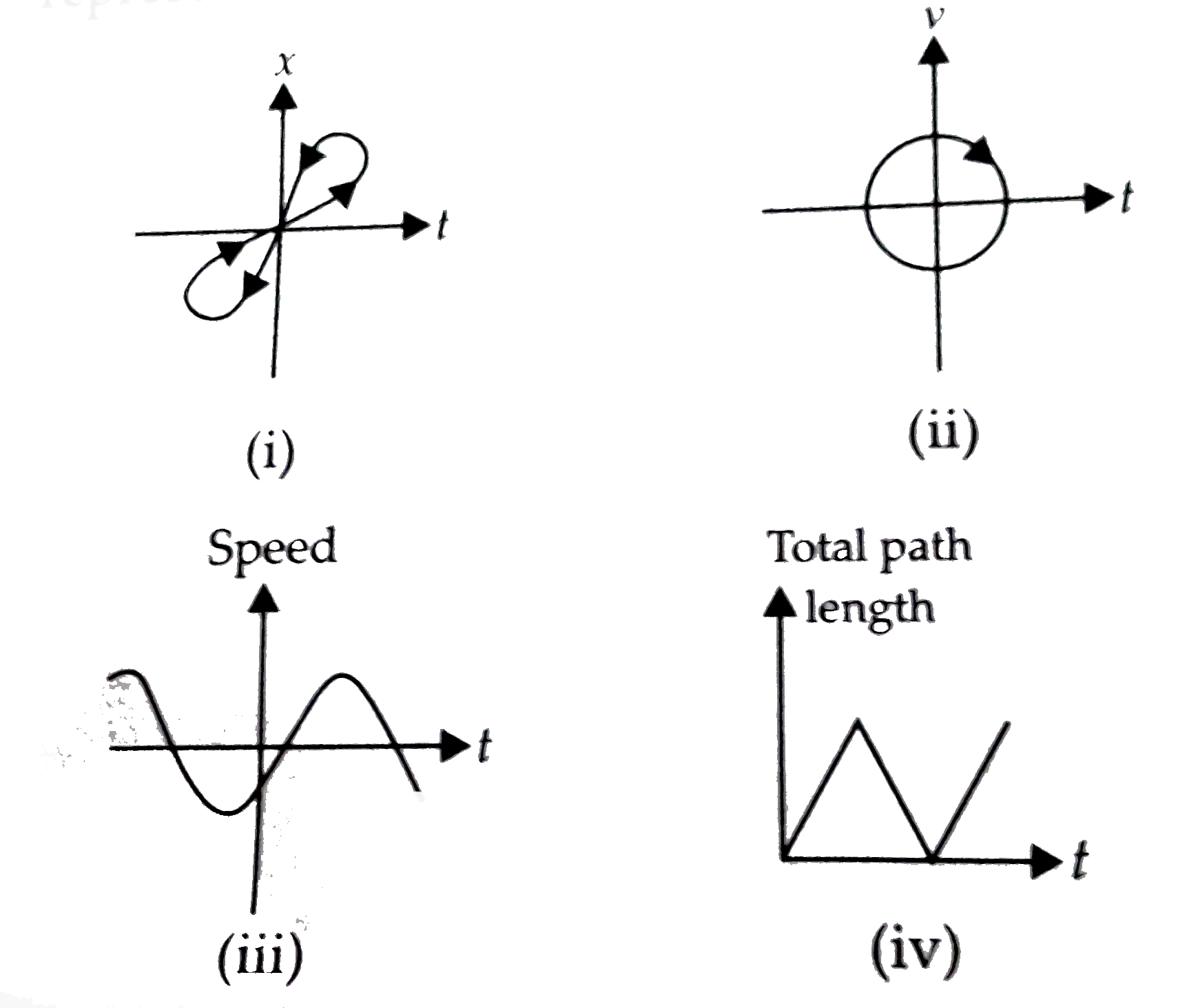Which of the following is not a charcleristic both as an motion and as a stream of particles?
Interference
E=mc2
Diffraction
E=hv
To solve the question "Which of the following is not a characteristic both as a motion and as a stream of particles?", we need to analyze the characteristics of particles and waves, particularly in the context of quantum mechanics.
1. Understanding Particle Motion:
- Particles, such as photons, exhibit both particle-like and wave-like properties. This is known as wave-particle duality.
- As particles, they can be thought of as discrete packets of energy (quanta) that have mass and momentum.
2. Characteristics of Waves:
- Waves, including light waves, exhibit properties such as interference and diffraction. These properties are not typically associated with particles.
- The wave nature of light is described by its ability to propagate through space and exhibit behaviors like constructive and destructive interference.
3. Planck's Quantum Theory:
- According to Planck's quantum theory, energy is emitted or absorbed in discrete amounts (quanta), which supports the particle aspect of light.
- The equation E=hν (where E is energy, h is Planck's constant, and ν is frequency) illustrates the relationship between energy and frequency for photons.
4. Einstein's Equation:
- Einstein's equation E=mc2 shows the equivalence of mass and energy but does not specifically relate to the wave-particle duality of light.
5. Identifying the Correct Answer:
- The question asks for the option that is not a characteristic of both motion and as a stream of particles.
- Since interference and diffraction are properties of waves and not of particles, they do not describe the characteristics of particles in motion.
6. Conclusion:
- The correct answer is the option that refers to characteristics associated solely with wave behavior (like interference or diffraction), as these do not apply to particles in motion.
Final Answer:
The correct option is the one that describes a characteristic not applicable to both motion and stream of particles, which would typically be related to wave properties like interference or diffraction.
- Particles, such as photons, exhibit both particle-like and wave-like properties. This is known as wave-particle duality.
- As particles, they can be thought of as discrete packets of energy (quanta) that have mass and momentum.
- Waves, including light waves, exhibit properties such as interference and diffraction. These properties are not typically associated with particles.
- The wave nature of light is described by its ability to propagate through space and exhibit behaviors like constructive and destructive interference.
- According to Planck's quantum theory, energy is emitted or absorbed in discrete amounts (quanta), which supports the particle aspect of light.
- The equation E=hν (where E is energy, h is Planck's constant, and ν is frequency) illustrates the relationship between energy and frequency for photons.
- Einstein's equation E=mc2 shows the equivalence of mass and energy but does not specifically relate to the wave-particle duality of light.
- The question asks for the option that is not a characteristic of both motion and as a stream of particles.
- Since interference and diffraction are properties of waves and not of particles, they do not describe the characteristics of particles in motion.
- The correct answer is the option that refers to characteristics associated solely with wave behavior (like interference or diffraction), as these do not apply to particles in motion.
The correct option is the one that describes a characteristic not applicable to both motion and stream of particles, which would typically be related to wave properties like interference or diffraction.
Topper's Solved these Questions
- ATOMIC STRUCTUREBOOK - CENGAGE CHEMISTRY ENGLISHCHAPTER - ATOMIC STRUCTUREEXERCISE - Exercises (Subjective)
52 Videos
- ATOMIC STRUCTUREBOOK - CENGAGE CHEMISTRY ENGLISHCHAPTER - ATOMIC STRUCTUREEXERCISE - Exercises Linked Comprehension
50 Videos
- APPENDIX - INORGANIC VOLUME 1BOOK - CENGAGE CHEMISTRY ENGLISHCHAPTER - APPENDIX - INORGANIC VOLUME 1EXERCISE - chapter-7 Single correct answer
1 Videos
- CHEMICAL BONDING AND MOLECULAR STRUCTUREBOOK - CENGAGE CHEMISTRY ENGLISHCHAPTER - CHEMICAL BONDING AND MOLECULAR STRUCTUREEXERCISE - Archives Subjective
15 Videos
Similar Questions
Knowledge Check
Which one of the following is not a periodic motion?
ARotation of the earth about its axis.BA freely suspended bar magnet displaced from its N-S direction and released.CMotion of hands of a clock.DAn arrow released from a bow.Which of the following motions is not simple harmonic?
AVertical oscillations of a springBMotion of a simple pendulumCMotion of planet around the sunDOscillation of liquid in a U-tubeWhich of the following statements is not correct regarding the motion of a particle in a straight line?
Ax-t graph is a parabola, if motion is uniformly accelerated.Bv-t is a straight line inclined to the time-axis, if motion is uniformly accelerated.Cx-t graph is a straight line inclined to the time axis if motion is uniform and acceleration is zero.Dv-t graph is a parabola if motion is uniform and acceleration is zero.
Which of the following is a one-dimensional motion ?
View SolutionWhich of the following motions is not simple harmonic?
View SolutionWhich of the following pairs of graphs does not represent the motion of he same particle in the same interval (curves are parabollic):−
View SolutionWhich of the folowing can be zero, when a particle is in motion for some time ?
View SolutionWhich of the following graphs cannot possibly represent one dimensional motion of a particle?

View Solution
